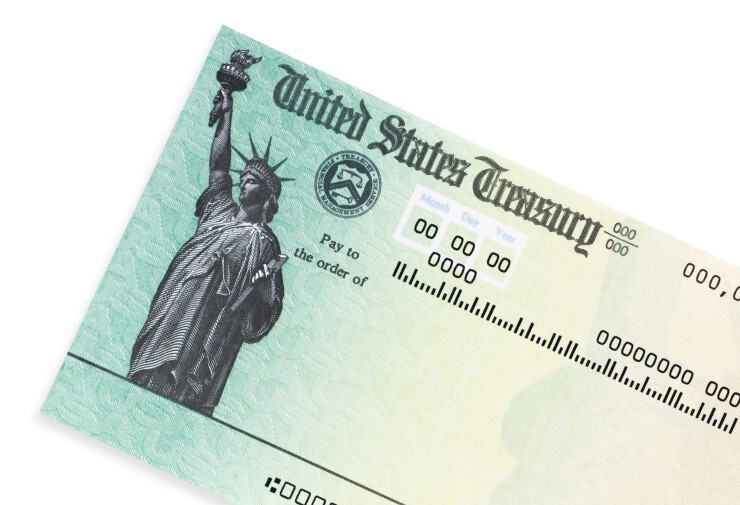When Hayden Myer made an eye doctor’s appointment for the end of April, he told the clinic that he might not show up for the visit if his tax refund didn’t arrive in time.

The 27-year-old, who says his vision is bad enough that he avoids driving at night, has been wearing a four-year-old pair of glasses since he ran out of contact lenses last summer. He’s expecting about $265 from his refund.
Myer and many other Americans rely on getting money back at tax time to pay for important health needs. It’s a result of thin household savings colliding with rising medical prices and high-deductible insurance plans that expose them to greater health expenses.
“I’ve never been able to use my return for anything that is a leisure or a pleasure,” said Myer, who earns about $40,000 a year running a peer-support line for a mental-health nonprofit in Richmond, Virginia.
The federal deadline for people to file income taxes is April 15. Out-of-pocket spending on health care jumps about 60 percent in the week after people get their refunds, according to an analysis of account data published last year by the JPMorgan Chase Institute, a research group that draws on the bank’s data. The bulk of that money is spent during face-to-face encounters at clinics, hospitals or other medical providers.
That suggests people aren’t merely using refunds to pay down old debts; they’re waiting until they have cash in hand to get treated.
“It was surprising, and I’d go so far as to say alarming,” said Fiona Greig, director of consumer research at the JPMorgan Chase Institute. “Those are visits that would have taken place three weeks earlier, had the tax refund arrived three weeks earlier.”
Refunds trigger about a 10 percent increase in the number of people making in-person health-care payments on weekdays, according to the group’s research. Other research from the institute has shown that refunds are also frequently followed by increased cash withdrawals, credit card payments and spending on durable goods.
Tax refunds — the difference between the money withheld from workers’ paychecks and the taxes they actually owe — are the biggest single payment many households receive all year. The average federal refund taxpayers received this spring was $2,873, according to IRS data on filings as of March 29.
More than 1 in 3 working-age Americans skipped a doctors’ visit or medical test, or didn’t fill a prescription, because of the cost last year, according to a recent survey by the Commonwealth Fund, a nonprofit health-research foundation.
Myer, who has insurance, has been forgoing weekly injections for low testosterone, getting them only once a month or less. “That prescription is also just sky-high,” he said, costing about $75 per visit until he reaches his health plan’s deductible.
The medical costs add to a pile of student loans, credit-card debt and payments on his Nissan Rogue. He recently moved back in with his father after he couldn’t afford a rent increase. He also owes money to a psychiatrist who charges a sliding-scale fee. Getting a new prescription for his vision is Myer’s priority, though.
Spring Surge
Dentists and physicians’ offices accounted for the greatest share of in-person health payments that followed tax refunds, the JPMorgan Chase Institute’s report showed. Mark Vitale, a dentist in Edison, New Jersey, said refunds always bring a surge of patients.
“Year after year, what patients will say to me is, ‘Let’s just wait until April 1 or May 1 when I get my tax refund,’” he said. Vitale has practiced for 35 years, and over time, he said, “the dollar has gotten tighter.’’
Three people who booked significant dental procedures like implants or crowns around the beginning of April cited their tax refunds, he said. They’re typically employed, middle-class people. Sometimes they’ve delayed dental work for years.
The research group analyzed data from millions of Chase bank accounts, as well as credit and debit cards, looking for patterns in the movements of money.
The granular picture of how cash flow affects people’s ability to get medical care reveals problems that clinicians, health plans, employers and financial companies ought to grapple with, said Greig.
Doctors need to talk to patients about how to prioritize care if they can’t pay for it. That conversation now happens “in a very incomplete way” with finance staff, rather than clinicians, she said. Employers and health plans should understand that trying to lower spending by pushing more expenses onto households could backfire if they delay care.
“Health problems don’t age well,” Greig said.





